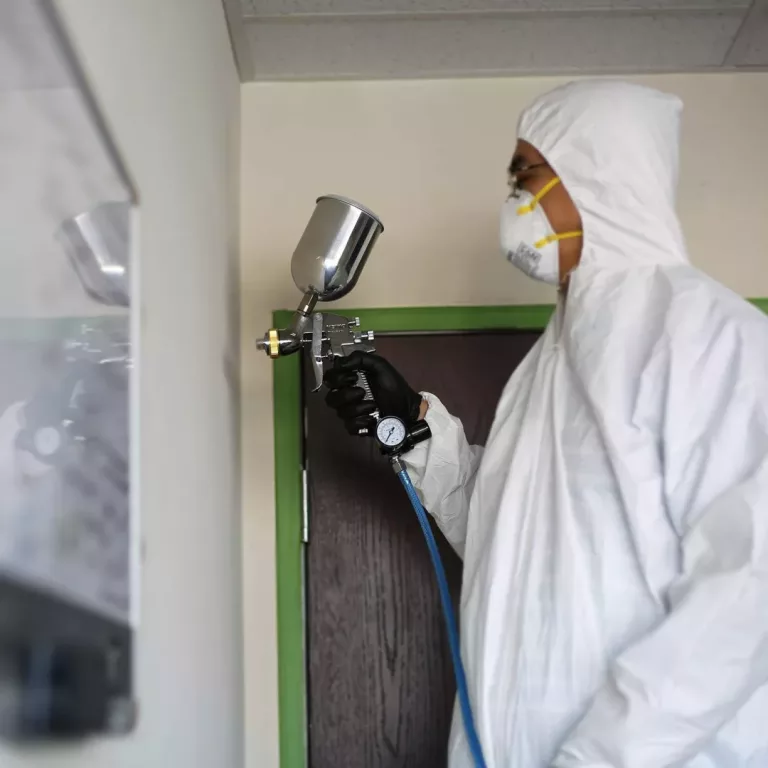How to remove scratches from wood with vinegar?
Wooden floors are in existence for a long time and are still preferred by many homeowners due to their aesthetic style and lucrative looks. However, such floor types sometimes call for some extensive maintenance work to be done on them. With the passage of time, the wooden floor types do accumulate a lot of scratches which may be due to moving heavier objects around the house, scrubbing floors using low-quality materials/ chemicals or any pointed object accidentally causing damage to the surface.
Not only the floors, but the other wooden objects at homes such as cabinets and shelves made from wood are also vulnerable to scratching due to one reason or the other described above. There are some tried and tested remedies to rectify such scratches and those could make the floor as good as a newly laid one. One such approach is to use vinegar for removing scratches and that has proven to produce satisfactory results. Let us find out the ‘how-part’ in the below section.
How could vinegar be used for removing scratches from wood?
Trying commercially advertised products could be a hit or miss affair for removing scratches from your wooden furniture or floor. The following steps could be followed to make your old and scratched wooden furniture or flor as good as a new one:

- First, you need to prepare the object for cleaning that has been scratched. If it is a wooden sofa or a cabinet, then free it from any cushions or objects that are placed over them. In case of a floor, remove any floor cushions, carpets or rugs. Also, make sure that the furniture to be cleaned is also pulled well away from the wall or any nearby object. Any hardware holding the furniture together could be retained.
- 3 tablespoons of the white vinegar need to be fixed with 240 ml of cleaned/ filtered water for making the solution.
- Testing the solution first is a must thing in order to be sure about the compatibility of the solution with the wooden material. So, take a cloth piece and dip it in the solution. Make sure that the cloth is just lightly moistened and the liquid is not dripping out of it. Apply that clot on a very small identified test area and then dry it using a dry cloth. Notice the following:
- If there is no negative effect to be seen, then go on with your complete cleaning of the wooden furniture or floor.
- If there is any negative effect, then stop right away. Consult with wooden furniture experts for a professional advice. (We will continue our discussion here with the classical scenario of no negative impact, which is mostly the case.)
- A piece of cloth may also be dipped into the prepared solution or you may also add the solution in a spray water and then use it to spray over the piece of cloth. Make sure that too much of liquid applied on the cloth may penetrate the wooden object and can lead to the damaging of your furniture.
- Rub the cloth gently over the wood by making circular motions with your hand.
- A clean and dry cloth should then be used for buffing out the wood, again making circular motions with hand. Make sure that the moisture is completely gone with your dry cloth gentle scrubbing.
The end result would show you a dapper looking wooden piece with no scratches at all. On top of all this, you may also use white vinegar mixed with olive oil to give even more lucrative results.





